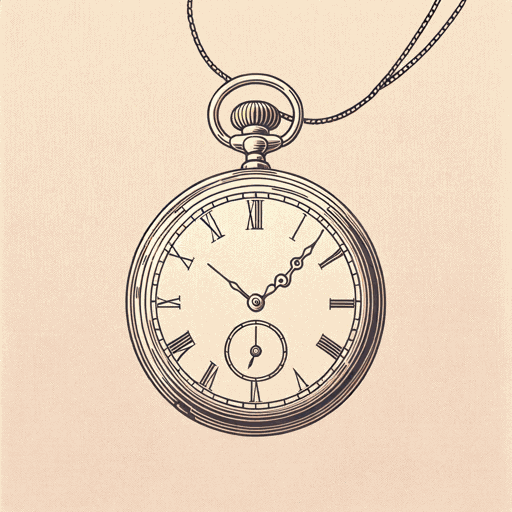20 pages • 40 minutes read
William ShakespeareSonnet 104
Fiction | Poem | Adult | Published in 1609A modern alternative to SparkNotes and CliffsNotes, SuperSummary offers high-quality Study Guides with detailed chapter summaries and analysis of major themes, characters, and more.
Background
Authorial Context: Shakespeare and the Identity of the Fair Youth
“Sonnet 104” is one of the sonnets addressed to the “fair youth” (as literary critics dub him) that make up the first 126 of William Shakespeare’s 154-sonnet sequence. There has been much speculation over the years about the identity of the youth, although some commentators suggest that the sonnets may not be autobiographical. It is more likely, they say, that Shakespeare simply wanted to explore in sonnet form themes of love, beauty, and time, as well as the emotional entanglements and jealousies that come into play with the entry of the “rival poet” (Sonnets 78-86) and the “dark lady” (Sonnets 127-52). Those who believe the sonnets are autobiographical, however, point out that these are the only poems in which Shakespeare writes in the first person, and he also refers to his name as “Will” and puns on it (Sonnets 135, 136, 143). Therefore, many readers, believing that Shakespeare is telling a personal story, are curious about the identity of the friend. Various candidates have been put forward as to who he might be, but the two who are mentioned most frequently are Henry Wriothesley, third Earl of Southampton, (1573-1624) and William Herbert, third Earl of Pembroke (1580-1630).
Related Titles
By William Shakespeare

All's Well That Ends Well
William Shakespeare

A Midsummer Night's Dream
William Shakespeare

Antony and Cleopatra
William Shakespeare

As You Like It
William Shakespeare

Coriolanus
William Shakespeare

Cymbeline
William Shakespeare

Hamlet
William Shakespeare

Henry IV, Part 1
William Shakespeare

Henry IV, Part 2
William Shakespeare

Henry V
William Shakespeare

Henry VIII
William Shakespeare

Henry VI, Part 1
William Shakespeare

Henry VI, Part 3
William Shakespeare

Julius Caesar
William Shakespeare

King John
William Shakespeare

King Lear
William Shakespeare

Love's Labour's Lost
William Shakespeare

Macbeth
William Shakespeare

Measure For Measure
William Shakespeare

Much Ado About Nothing
William Shakespeare

